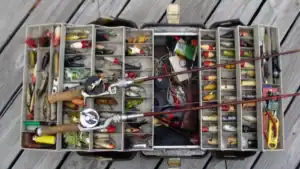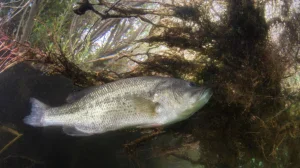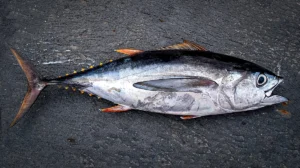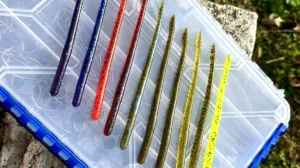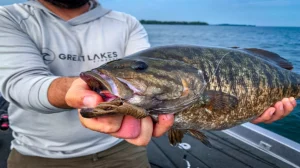Single swimbaits are some of the best fish catchers on the market. But this technique does have its drawbacks. There are dozens, if not hundreds, of different combinations from which to choose when pairing soft-plastic swimbaits with jigheads and not all of those perform equally as well.
Today, we’re going to look at the main issues that arise when fishing with small swimbaits like these and how to overcome them.
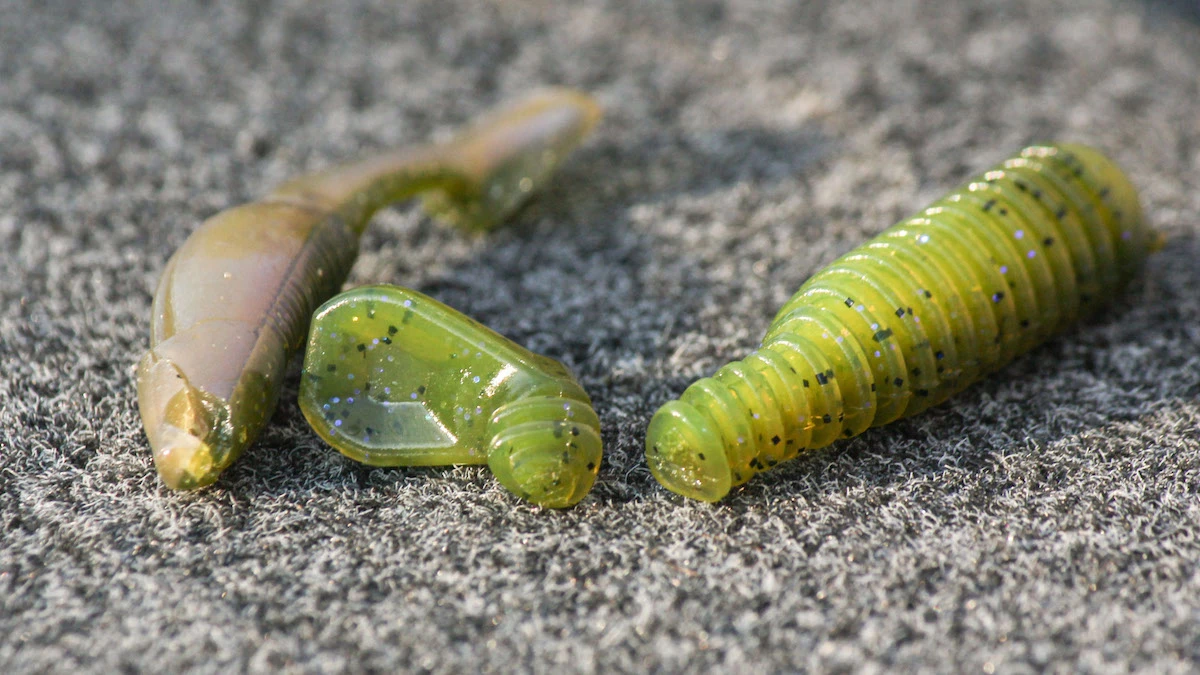
The problem
The main issue with this style of fishing is that the baits don’t typically last through many fish catches. Bass and smaller baitfish either bite the tails off or pull the baits down and tear the heads up in the process. This leads to having to regularly change your bait out, and going through lots of these little swimmers in quick succession can get pricey.
There’s also the negative effect on efficiency. The more time you spend fixing and re-rigging your bait, the less time your lure is in the water. And if you’re having a hard time keeping the bait whole or up on the jighead properly while it’s in the water, you’re losing additional fishing time there. So here are three tips on how to rectify the situation.
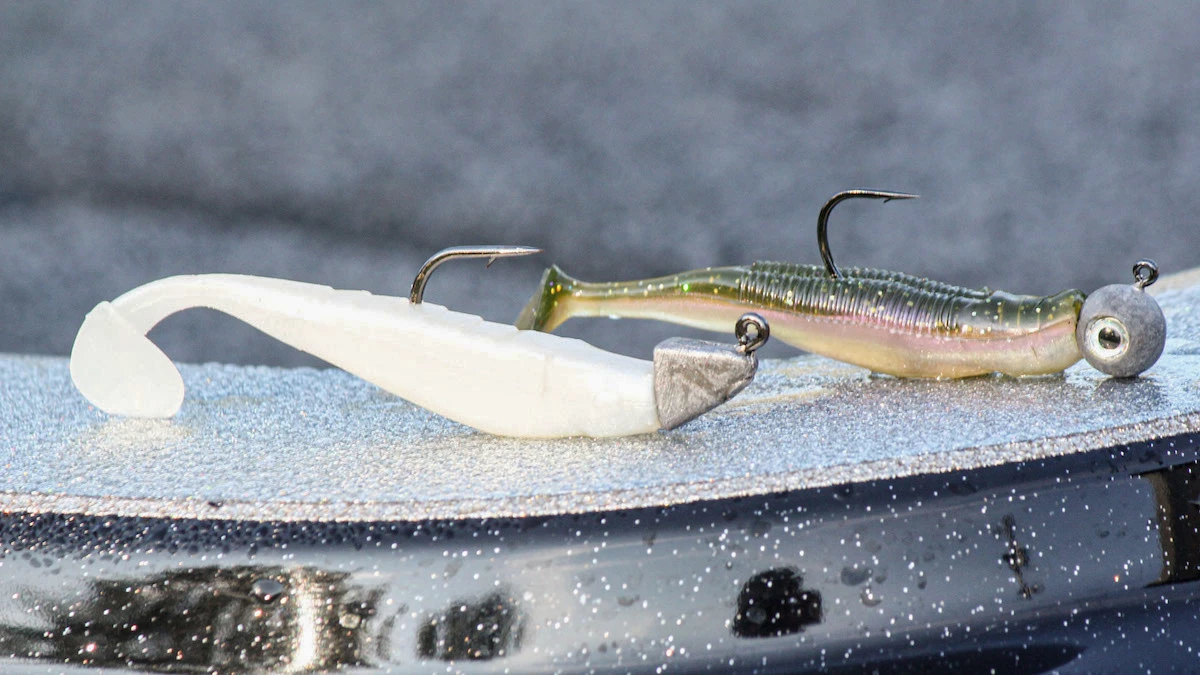
Adjust your hookset
One of the best ways to prevent a lot of loss and damage to your soft-plastic swimbait is to slow down your reaction time when it comes to setting the hook. Bass and especially smaller fish like crappie and bluegill, are notorious for biting just the tail of these baits initially. So if and when you snatch on the first bump of the bait, you’ll often either lose a tail or your bait will be pulled off the bait keeper and down into the bend of the hook. Both of these instances ensure that your bait is all but useless from that point forward.
The solution is to reel through that initial bite and wait for either your line to go limp or for the fish to pull against you. In the first instance, the fish has likely swam up behind the bait and inhaled while continuing forward, at which point you want to reel up the slack quickly and set the hook firmly. In the other instance, the bass has taken the bait well usually and you can simply lean into the fish and it’ll hook itself for the most part as it pulls against your rod.
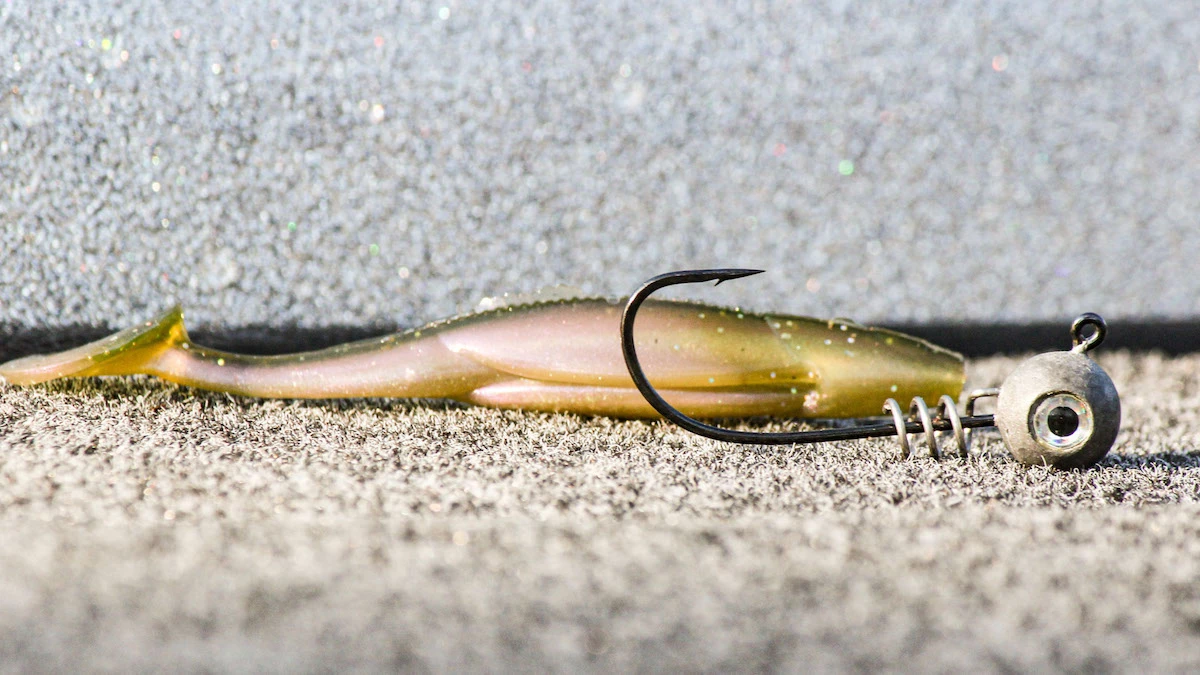
Screw-lock heads
The type of jighead you use can greatly decrease the number of baits you go through. Screw-lock jigheads are probably the best jighead in this regard. They more securely grip the head of a soft-plastic swimbait than any other type of jighead on the market. Though I am personally a big fan of some barbed bait keeper jigheads as well as I’m sure some of you are, so I’ll offer up a tip for those in a moment.
But as for the screw-lock heads, if you can learn to effectively and quickly rig them, they are great at eliminating waste. The best way I’ve found is to gauge the spot where the hook point should come through the back of the bait as you would any other jighead. As you start to screw the bait onto the jighead, take the lure by the tail and wrap it around the hook shaft. This allows the resistance of the soft plastic to help you instead work against you, like it would if you tried to pinch the head of the bait and twist it on there.
After a few rotations of the soft plastics around the hook shaft, release the tail and twist the head with your thumb and forefinger. You’ll feel the elasticity of the bait helping you to spin the lure up onto the screw lock. Repeat this process a couple times and your bait should be snug up against the head of your jighead.
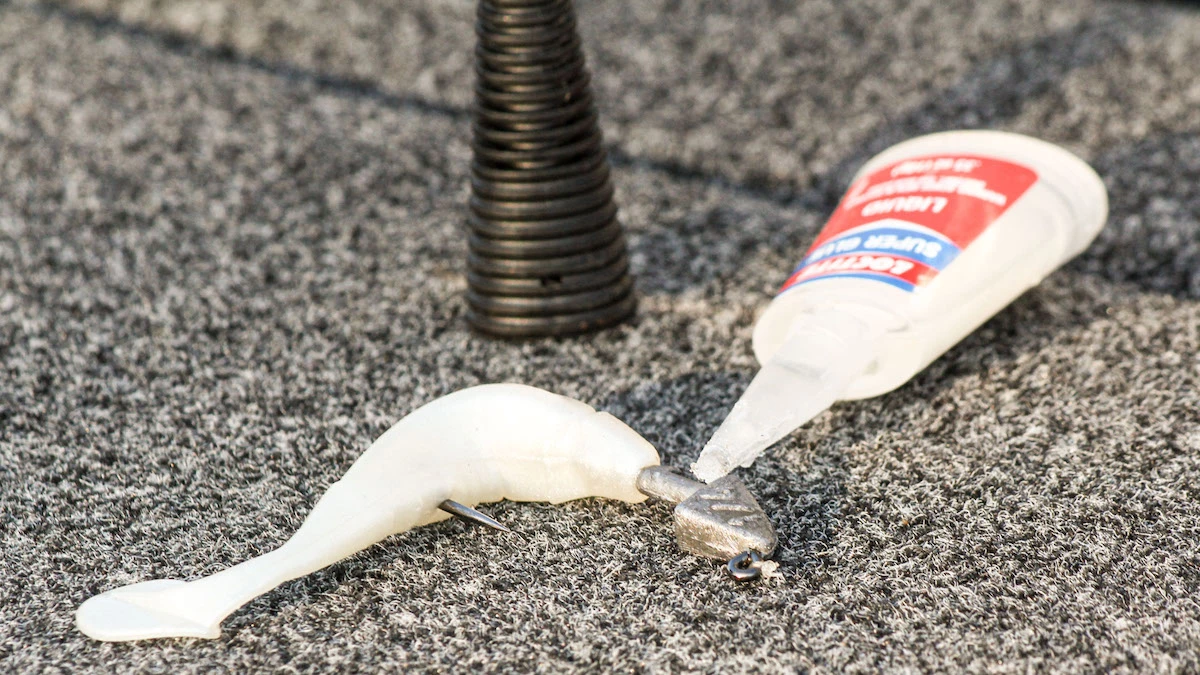
Add a drop of super glue
For those that simply prefer a particular brand of jighead that has a barbed keeper, or no keeper at all, a drop of super glue goes a long way in eliminating the frustration that comes along with these types of jigheads. Simply place a drop of super glue or two on the shaft of the hook before running the bait all the way and this will better secure your soft plastic for those inevitable short strikes that are to come.
This tip does have a slight downside, as some of the soft plastic may remain on the jighead when you pull your bait off to re-rig another (hopefully after several fish catches). But the residue of the glue and the torn plastic is typically pretty easy to chip off with another hook point, a knife or a set of pliers. Just be careful not to damage the jighead or hurt yourself in the process.
Little swimbaits like this are fantastic fish catchers and they don’t have to bring a lot of baggage along with them. Try adjusting your hookset no matter the jighead you use and you should see an increase in productivity as well as a decrease in bait usage. Then depending on the style jighead you prefer, there are a couple ways to help you keep your bait rigged properly and slow down your consumption of soft plastics. Take these tips and apply them to your fishing and they’ll definitely help!





